Picture this: you’re curled up on the couch, looking forward to a quiet evening, but your new feline friend has other plans—climbing the curtains, shredding the furniture, and hissing at every guest who walks in. While every cat has its own personality, some breeds come with quirks that can make life with them feel like a whirlwind. This article isn’t about demonizing cats or calling any breed “bad”—far from it! Instead, it’s a frank look at certain cat breeds whose natural instincts, if not properly managed or trained, can lead to some real headaches for unsuspecting owners. If you’re hunting for a cuddly, easy companion, you might want to think twice before bringing home one of these notorious troublemakers. Let’s dive into the top 10 cat breeds that might just be more than you bargained for.
Sphynx: The Demanding Diva
The Sphynx cat, famous for its hairless appearance, is anything but low-maintenance. While you might think a cat without fur would mean less work, it’s shockingly the opposite. Sphynx cats need regular baths to remove the oils that build up on their skin, which can otherwise leave your furniture stained or your cat feeling sticky. They can also be prone to skin issues, and their need for warmth means you’ll often find them burrowing under blankets or hogging your spot on the bed.
Behaviorally, Sphynx cats are known for being hyperactive and overly attached to their humans. They crave constant attention, and if you don’t give it, they can resort to loud vocalizations or destructive antics to get noticed. If you ever dreamed of a chill, independent cat, the Sphynx is the polar opposite. Imagine a toddler who never outgrows the need for your lap—adorable, but exhausting.
Bengal: The Wild One
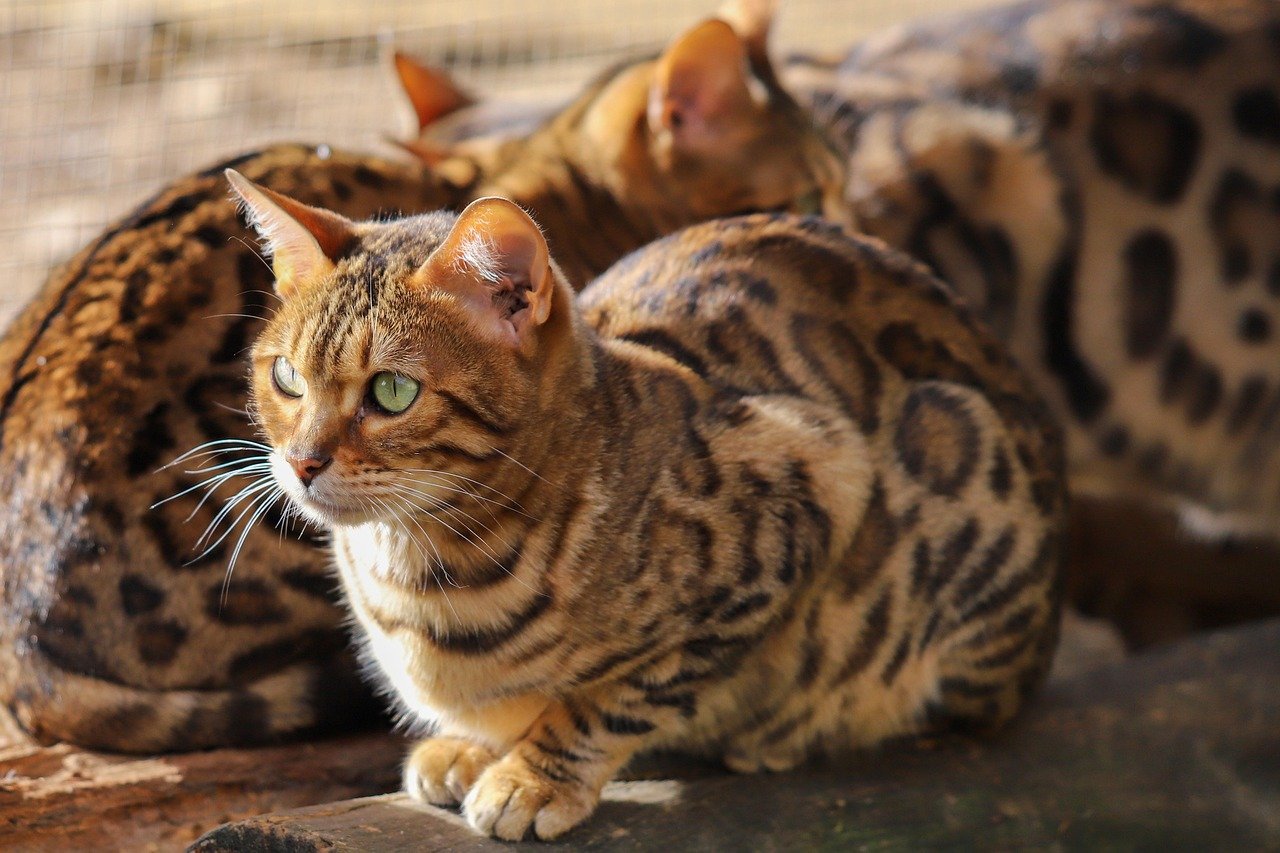
Bengals are strikingly beautiful, with their leopard-like spots and muscular build, but beneath that exotic exterior lies a bundle of energy and mischief. Bengals are descendants of wild Asian leopard cats, and those wild instincts are still alive and kicking. They require constant stimulation and plenty of space to run, jump, and climb, or they’ll channel their pent-up energy into tearing up your home.
Don’t expect a Bengal to lounge around all day. These cats are notorious for opening cabinets, turning on faucets, and even flushing toilets out of boredom. If you’re not home often or don’t have the patience to keep them entertained, you might find yourself living with a tiny, four-legged hurricane. One Bengal owner described them as “having a toddler, a gymnast, and a gremlin all rolled into one.”
Persian: The High-Maintenance Heartbreaker
With their luxurious coats and soulful eyes, Persians look like living, breathing teddy bears. But caring for one can be a full-time job. Their long, thick fur mats easily and needs daily grooming, or it becomes a tangled mess that’s uncomfortable for the cat and unsightly for you. On top of that, Persians are prone to a host of health problems, including breathing issues due to their flat faces.
Behaviorally, Persians can be surprisingly aloof. While they’re docile and sweet, they often prefer solitude and may not bond closely with their owners. If you’re looking for a playful or interactive pet, a Persian’s laid-back, sometimes distant personality might leave you feeling disappointed. The combination of high grooming needs and low affection can break the hearts of hopeful cat lovers.
Savannah: The Untamable Spirit
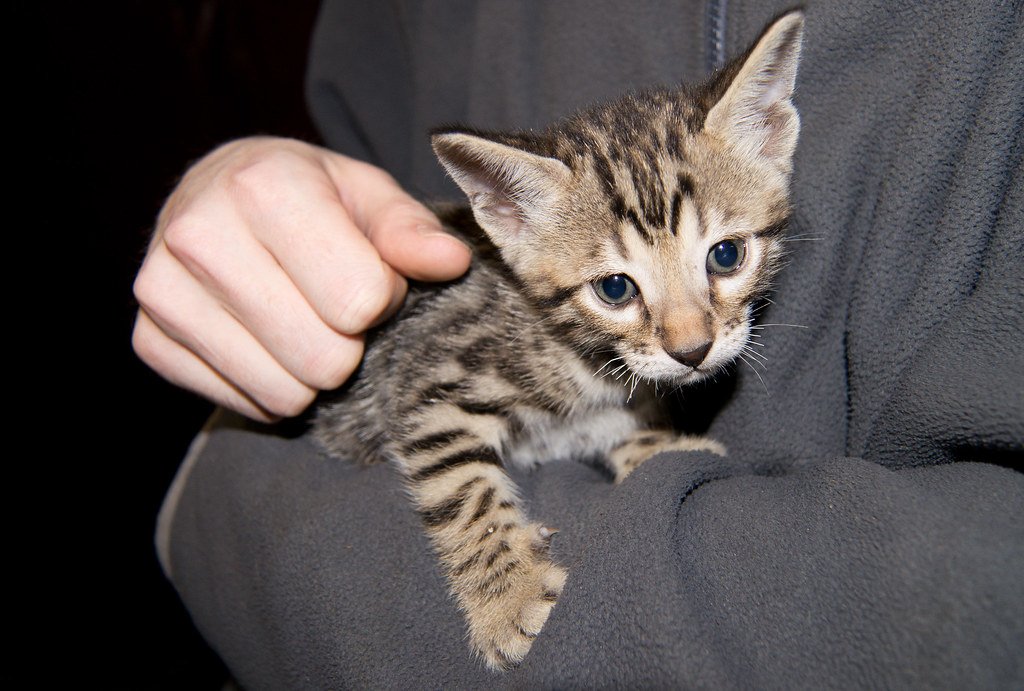
The Savannah cat is a striking breed, created by crossing domestic cats with wild African servals. This gives them a wild look—and a wild personality to match. Savannahs are fiercely independent and can be incredibly stubborn, often ignoring rules and boundaries set by their owners. They’re notorious escape artists, able to leap tall fences and open doors with ease.
These cats have an insatiable curiosity that can drive even the most patient owner up the wall. Savannahs require enrichment, stimulation, and lots of exercise. Without it, they get bored—and when they’re bored, they get destructive. Some owners have compared their Savannahs to living with a small, clever dog that never tires out and never quite listens.
Siamese: The Loudmouth
Siamese cats are famous for their vocal chops—they don’t just meow, they yowl, and they do it all day and night. If you live in an apartment or value your peace and quiet, a Siamese might quickly drive you (and your neighbors) up the wall. These cats have a lot to say, and they expect you to listen.
On top of their noisy nature, Siamese cats are extremely demanding of attention. They want to be involved in every aspect of your life and can become jealous or even destructive if they feel ignored. Their intelligence is a double-edged sword—they can be trained, but if under-stimulated, they’ll find ways to entertain themselves, often at your expense.
Scottish Fold: The Sensitive Soul
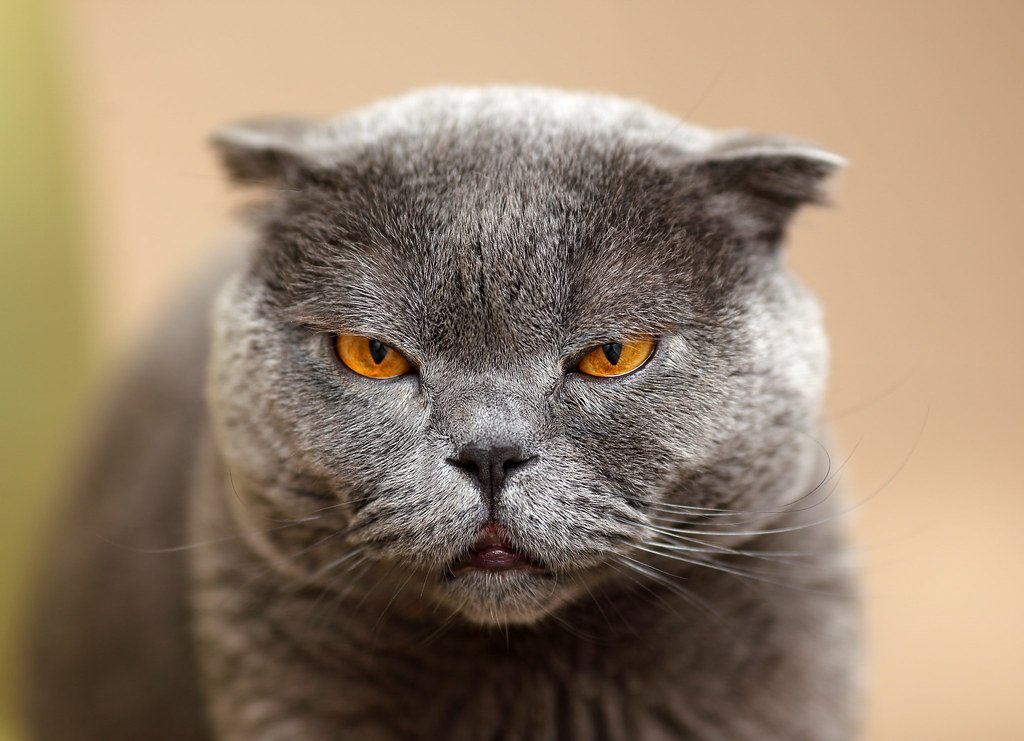
With their adorable folded ears and round faces, Scottish Fold cats are undeniably cute. But behind that sweet appearance lies a breed prone to serious health issues, especially joint problems that can make life painful for them and stressful for you. These cats need gentle handling and frequent vet visits, which can be emotionally and financially draining.
Behaviorally, Scottish Folds are known to be sensitive and shy. They can be easily startled by loud noises or sudden movements, which makes them poor candidates for busy households or families with young children. If their delicate needs aren’t met, they can become withdrawn, anxious, or even aggressive—a heartbreaking turn for an owner who simply wanted a cuddly companion.
Oriental Shorthair: The Attention Seeker
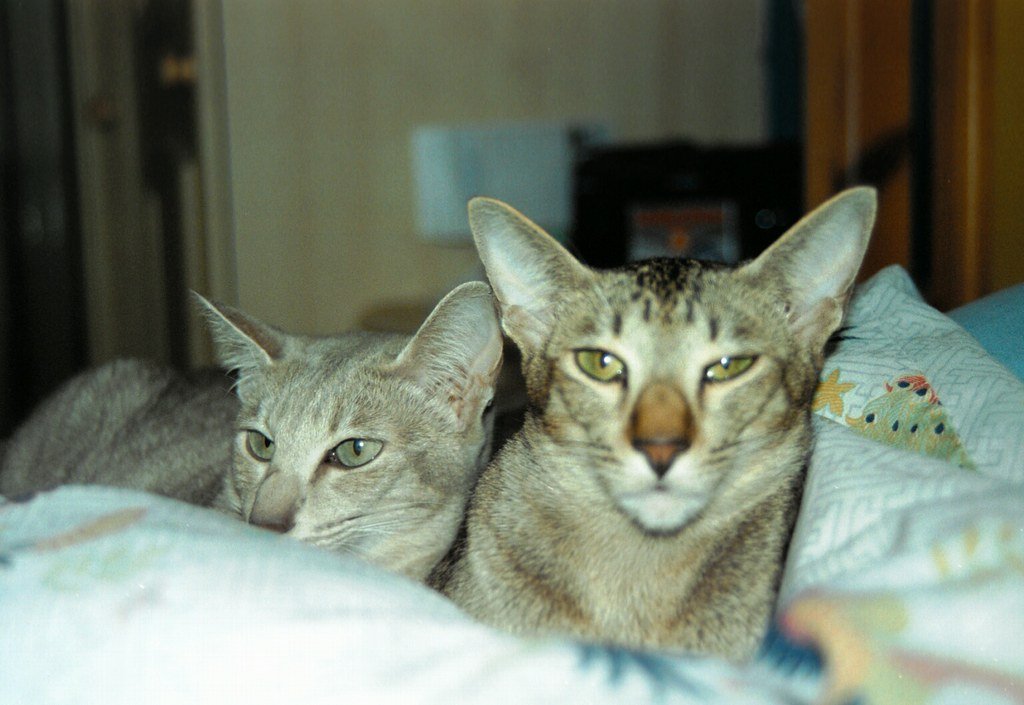
Oriental Shorthairs are closely related to Siamese cats, and they share that same need for constant companionship. They’re often described as “velcro cats,” sticking to their owners’ sides no matter what. While this can be endearing, it’s overwhelming for people who want a more independent pet. If left alone, these cats can develop severe separation anxiety, leading to destructive behaviors or nonstop crying.
Their high energy and curiosity mean they’re always getting into things—nothing in your home is off-limits. They’ll open cabinets, knock things off shelves, and chase anything that moves. If you value your personal space or your home décor, an Oriental Shorthair might not be the ideal roommate.
Bombay: The Shadow Stalker
Bombay cats are sleek, black, and utterly striking—but they have a reputation for being clingy to the point of obsession. They’ll follow you from room to room, demanding constant attention and affection. For some, this level of attachment is sweet, but for others, it can feel suffocating. Personal space becomes a distant memory with a Bombay in the house.
Bombays are also known for being territorial and can become aggressive if they feel threatened or if another pet invades their domain. This can lead to tense situations in multi-pet households. If you’re not prepared to be your cat’s entire world, you may find yourself overwhelmed by their relentless neediness.
Egyptian Mau: The Skittish Sprinter
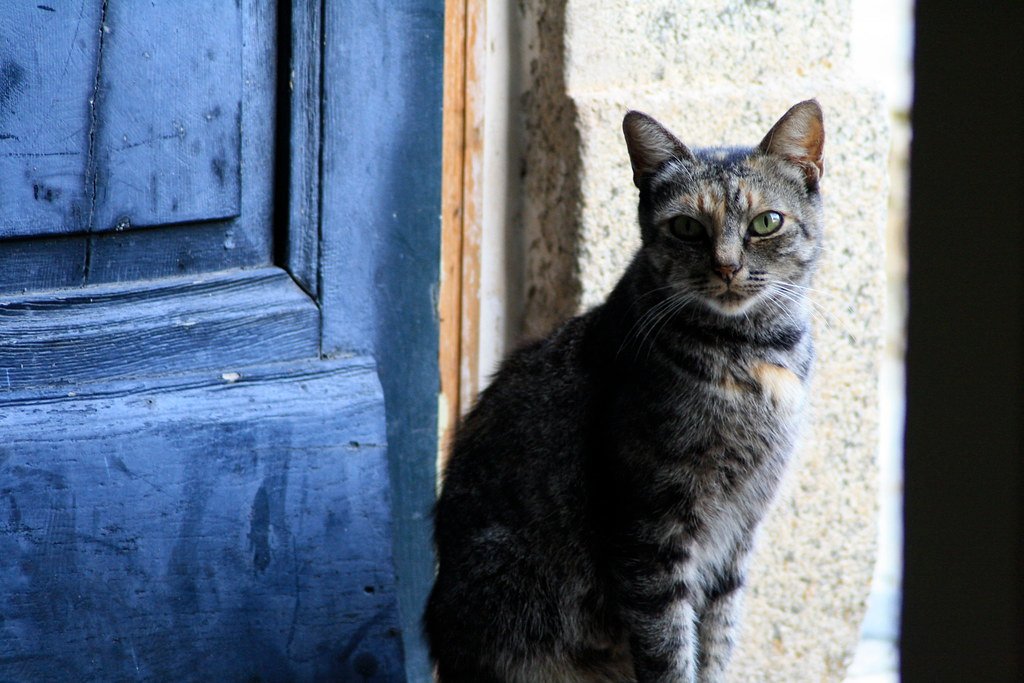
Egyptian Maus are one of the fastest domestic cats out there—and they use that speed to dart away at the slightest provocation. These cats are notoriously skittish, often hiding from visitors, loud noises, or unfamiliar situations. This makes them a poor fit for lively households with kids or frequent guests. Some owners say their Maus spend more time under the couch than on it.
Their nervous nature can translate into behavioral problems, like inappropriate urination or destructive scratching, especially if they feel stressed. While their beauty is undeniable, their anxious personalities can make everyday life with them a challenge. If you want a social, easygoing pet, the Egyptian Mau might leave you feeling like you’re living with a ghost.
Singapura: The Mischief Maker
Tiny but mighty, the Singapura is an active little bundle of curiosity. These cats are famous for getting into everything—they’ll climb your curtains, investigate every drawer, and turn even the most ordinary household objects into toys. Their energy is boundless, and they’re always on the hunt for something new to explore or, let’s be honest, destroy.
Despite their small size, Singapuras can be surprisingly bossy, demanding attention and getting into mischief if they feel ignored. Their relentless activity can leave owners exhausted, especially if you’re not prepared for a cat that never seems to slow down. If you’re hoping for a calm pet to relax with, a Singapura could turn your home into a non-stop circus.

Gargi from India has a Masters in History, and a Bachelor of Education. An animal lover, she is keen on crafting stories and creating content while pursuing a career in education.





